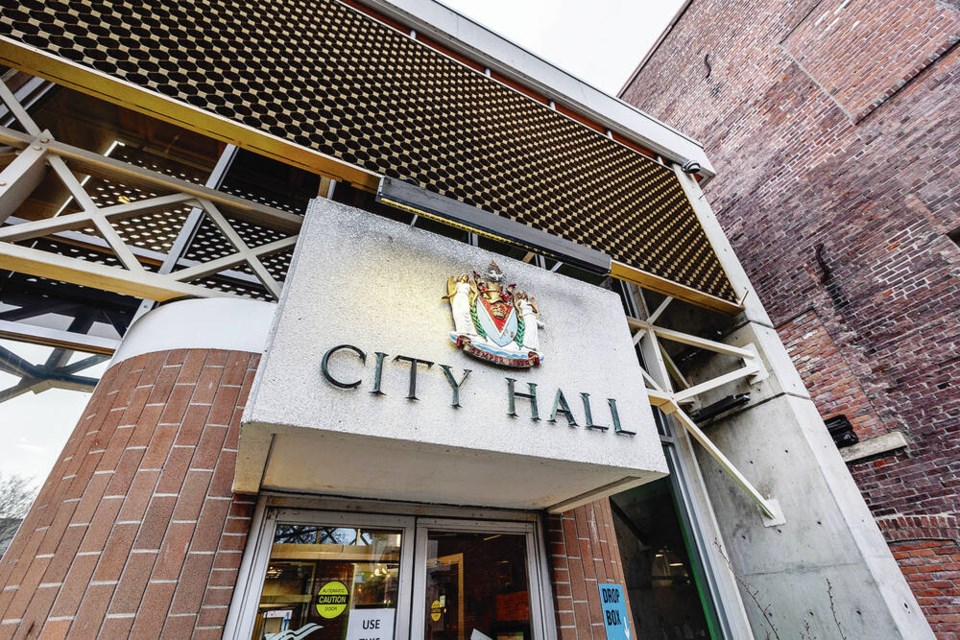A commentary by a retired member of the provincial public service, where she served as executive director and assistant deputy minister in several ministries.
Phil Calvert’s March 25 critique of Victoria’s Official Community Plan survey should be required reading for any resident who cares about the future of the city. The OCP sets the rules for future development in Victoria. It profoundly affects what the city will look like and the quality of life for everyone who lives here.
Once the OCP is approved, residents will have no say in future development, regardless of the impact on their quality of life or the well-being of their community, so long as it complies with the rules.
Yet, despite its overwhelming importance, the city wants minimal input from the public. The input sought through the online survey is designed to be limited. It is not broadly publicized, is only accessible to some and, as Calvert points out, not all views are welcome.
The survey questions are biased and structured to favour the “bold” new vision of the majority of our municipal leaders.
I attempted the survey and was frustrated and angered by the lack of information, the limited choices and the inability to critique them or suggest other options.
I felt manipulated to choose between two unpalatable options: six-storey buildings in all residential areas or six storeys in many areas and four storeys everywhere else.
The survey fails to mention recent “even bolder” amendments, introduced by Coun. Jeremy Caradonna, which include “exploration of the viability of seven- to 15-storey buildings.”
It is important to note that this “bold” new OCP is not the result of the requirements of the province’s new housing legislation. In an effort to open development to meet the demands of population growth, the province set requirements to increase small-scale missing-middle housing of four to six units per property to a maximum of three storeys.
The options described in the OCP survey go way beyond this. This is no doubt influenced by developers who show little interest in missing-middle housing, as it is not sufficiently profitable. The higher and denser the development, in desirable residential areas, the more the profit.
The survey does not even begin to address the implications and corollary damage to communities caused by shoehorning high numbers of oversized developments on small single-residence lots.
Examples of such damage include: unbridled development, inequitable distribution of development across various neighbourhoods, developers driving up land values making them unaffordable for most families, concentration of property ownership into big business, destruction of perfectly good homes and affordable housing, displacement of long-term residents, lack of setbacks on new developments, destruction of our urban forest and green space, inadequate fire separation, traffic congestion, parking displacement for existing residents, inadequate infrastructure such as health care, community services, fire control … just to name a few.
I am not a NIMBY, despite this characterization applied by the majority of council to anyone opposed to their views. I am not opposed to respectful development or to the multi-unit missing-middle housing required by provincial legislation.
Like many, I prefer an organic and evolutionary approach to urban development, but I recognize the need to accommodate a growing population.
I simply do not want to live in an imposed community that places a higher priority on developers’ needs and municipal revenues than the well-being of its residents.
I do not want to live on streets that are concrete tunnels of tightly compacted soviet-style housing, out of character with my neighbourhood, with limited sunlight, no setbacks, no trees and no green space other than the odd clinging vine. (There is actually a development proposal where this is the only green space.)
That is not a livable community. It is also not respectful development.
I will tell the mayor and council that I cannot complete this survey because I refuse to participate in a process with predetermined outcomes. I will follow the example of the Rockland Neighbourhood Association and call on the mayor and council to rescind this survey, to replace it with an independently developed unbiased survey that actively seeks all points of view and to extend the time frame for completion.
Like the association, I will also call for the survey to not be restricted to a digital form but be made accessible to all. I urge all residents who care about their city to do the same.
As Calvert says: “We deserve no less and the principle of democracy demands it.”
>>> To comment on this article, write a letter to the editor: [email protected]



